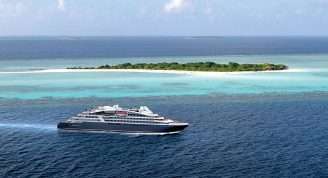Description
Sailing by gulet yacht is simply a perfect way to visit the Greek islands. No carrying luggage, no ferries, and no need to keep track of time means that there is so much MORE to experience in the Dodecanese, and the islands’ authenticity, stunning natural landscapes, and unaffected character lends absolutely everything to their charm. We start and finish in Turkey, and visit the Greek Islands in between.
While island hopping by gulet yacht, you can anchor in some of the most secluded spots letting you really get the feel for the places that most visitors leave at sunset. On a gulet yacht you don’t have to leave. We give you a boutique version of Island hopping, discovering historical sites, tiny harbour villages, untouched beaches and bays, and a choice of great activities while making yourself at home in the spacious comfort of your private cabin. On board you enjoy the relaxed company of your fellow guests, large lounge areas and deck, an attentive and professional crew, and magical feast after feast on board each day for breakfast and lunch or dinner.
Ships are named on departures ONE month prior to departure dates.
Price includes:
• breakfast, lunch and dinner
• afternoon snacks, all non alcoholic drinks & local alcoholic beer & wines)
• sport activities on board
• wifi
• towels and beach towels











